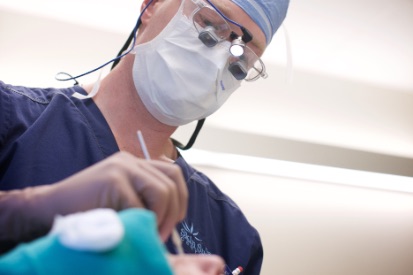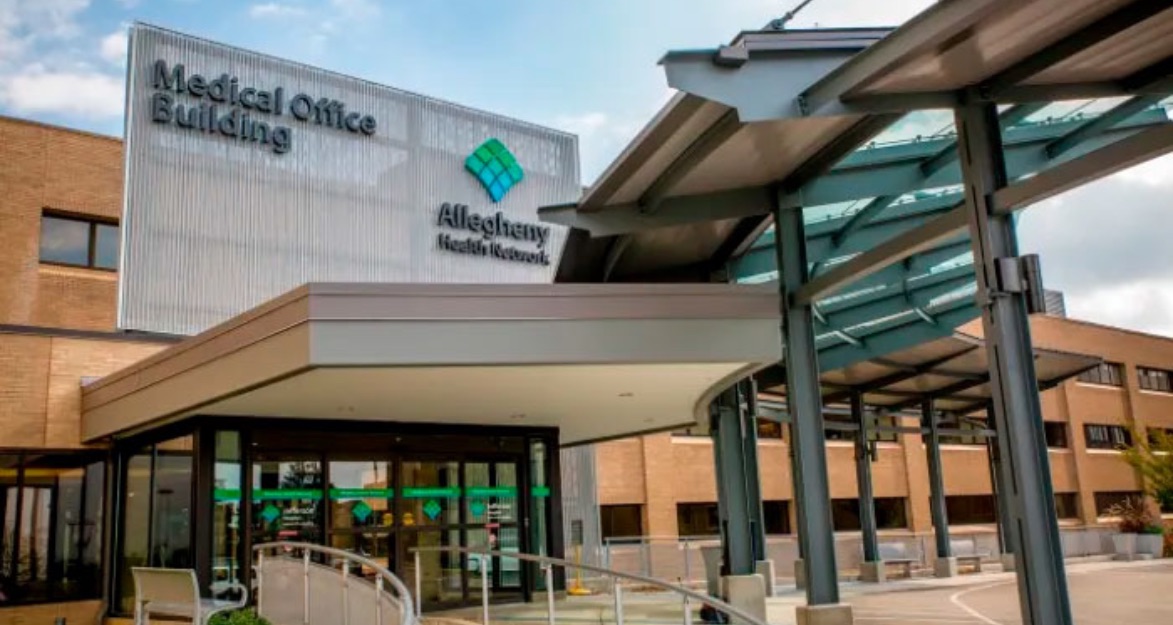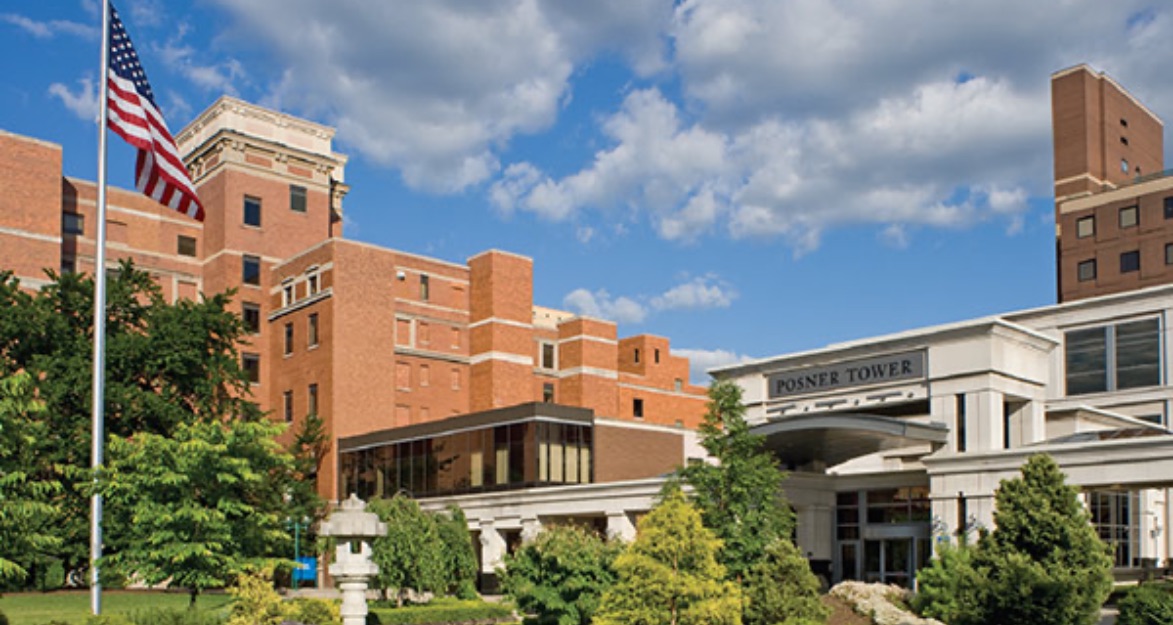Mohs Surgery
What makes Mohs surgery unique is its meticulous nature, offering a high cure rate and minimizing damage to surrounding healthy tissue. This patient-friendly technique is particularly beneficial for treating skin cancers in sensitive areas where preserving cosmetic appearance is crucial.
The providers at Zitelli & Brodland excel in Mohs surgery. Their expertise and focus on Mohs surgery have garnered international recognition, establishing them as leaders in advancing effective and patient-centered skin cancer treatments. Dr. Brodland, with over 100 authored articles and chapters, has performed 10,000+ laser and cosmetic procedures and 60,000+ Mohs surgeries.
Examples of Mohs Surgery








What is Mohs Surgery?
Mohs surgery is a precise, state-of-the-art procedure for removing skin cancer with the highest potential for cure, even for cancers that have returned. Mohs micrographic surgery allows the physician to examine tissue in real time and ensure all cancer cells are removed while preserving healthy tissue.
This meticulous approach makes Mohs surgery for skin cancer especially effective for basal cell carcinoma, squamous cell carcinoma, and early-stage melanoma. By targeting the entire tumor down to its roots, Mohs surgery maximizes cure rates and minimizes scarring, giving patients confidence and peace of mind.
This procedure is most often used in treating three of the most common forms of skin cancer: melanoma, basal cell carcinoma and squamous cell carcinoma.Mohs Surgery Benefits
Mohs surgery is the most precise method for removing skin cancer, providing patients with confidence in both the effectiveness of the treatment and the preservation of healthy tissue. Performed by specially trained dermatologic surgeons, this technique carefully removes cancer layer by layer while examining each section under a microscope, ensuring thorough treatment and optimal outcomes.
Key benefits of Mohs surgery include:
- Maximized tissue preservation – Healthy skin is spared, reducing scarring and maintaining natural appearance.
- Targeted cancer removal – Every layer is examined to ensure the entire tumor is removed.
- Effective for high-risk areas – Ideal for delicate regions like the face, ears, and hands.
- Lower recurrence rates – Reduces the chance of skin cancer returning compared to other methods.
- Customized reconstructive options – Surgeons can repair the site immediately, improving cosmetic and functional results.
Mohs Surgery FAQs
By using detailed mapping techniques and complete microscopic control, the Mohs surgeon can pinpoint areas involved with cancer that are otherwise invisible to the naked eye. Therefore, even the smallest microscopic roots of cancer can be removed. The result is:
- The removal of as little normal skin as possible
- The highest possibility for curing the cancer
No. Mohs surgery is performed in a pleasant outpatient surgical suite and you may return home the same day. Hospital facilities are available if necessary.
Your appointment will be scheduled early in the day. Our staff will escort you into a surgical suite where the surgeon will numb the area around the skin cancer. Once it is numb, the visible cancer and a thin layer of tissue will be removed. This tissue is carefully mapped and coded by the surgeon and taken to the adjacent laboratory where the technician will immediately process the microscope slides. You will have a temporary dressing placed over the wound and you will be free to return to the reception area.
The surgical procedure alone takes 10-15 minutes. However, it takes a minimum of 1 1/2 to 2 hours to prepare and microscopically examine the tissues of each layer. Several surgical stages and microscopic examinations may be required, and you will be asked to wait in the patient reception area between stages. Although there is no way to tell before surgery how many stages will be necessary, most cancers are removed in three stages or less.
We would like to make the time you spend with us as pleasant and comfortable as possible. You may want to bring reading material to occupy your time while waiting for the microscope slides to be processed and examined. You may want to bring a sweater, as the temperature in our office varies. Magazines and beverages will be available in the reception area. If your visit extends through the lunch hour, your companion may visit the hospital cafeteria and bring you a snack or lunch since you are asked not to leave the reception area of our office.
The most difficult part of the procedure is waiting for the results from the laboratory. Since we do not know in advance how much time is necessary to remove the cancer and repair the wound, we ask that you plan to be in the office the entire day and that you make no other commitments. Please be sure to inform your companion and/or driver of this.
Yes. Any form of treatment will leave a scar. However, because Mohs surgery removes as little normal tissue as possible, scarring is minimized. Immediately after the cancer is removed, we may choose (1) to leave the wound to heal itself, (2) to repair the wound with stitches, or (3) to reconstruct the wound with a skin graft or flap. This decision is based on the safest method that will provide the best cosmetic result.
After having skin cancer, you'll need Total Body Skin Exams (TBSEs) regularly, typically every 3 to 6 months. This frequent monitoring is crucial to catch any new or recurrent skin cancers early for effective treatment. Regular TBSEs help ensure your ongoing skin health and prevent potential complications. At Zitelli & Brodland, we'll work with you to ensure your custom skin care plan is in place for these exams.
The best protection from skin cancer is to avoid the harmful ultraviolet rays of the sun. Even if you tan easily, the sun can contribute to skin cancer in two ways. First, the sunlight damages the genes that control cell growth, and second, sunlight damages the body’s immune system so that early cancers grow unchecked by normal immune defense.
Minimize your exposure by:
- Using any sunscreen with a sun protective factor (SPF) of at least 30 and preferably with UVA/UVB protection when you spend any time in the sun.
- Avoid sun exposure during mid-day hours (10:00 am – 4:00 pm)
- Do not stay outdoors unprotected on cloudy days since the ultraviolet light penetrates easily through the clouds.
- If you follow this advice it may not be necessary to restrict your outdoor activities or change your lifestyle.
Mohs micrographic surgery has a cure rate of over 99% for basal cell and squamous cell carcinomas, making it one of the most effective treatments available for skin cancer. This technique allows for the complete removal of cancerous cells while preserving healthy tissue.
Yes, Mohs surgery is considered very safe. At our center, the infection rate is lower than the national average, thanks to our sterile technique and post-operative care protocols. Most patients recover quickly and without complications.
Mohs Surgery: The Most Effective Treatment for Skin Cancer
What to Expect at Your During Your Mohs Procedure
During Mohs surgery, your procedure combines precise surgical removal with real-time microscopic analysis. The goal is to remove all cancerous tissue while preserving as much healthy skin as possible.
Here’s what typically happens:
- The visible tumor is carefully removed.
- Your surgeon creates a detailed “map” of the excised tissue to track any remaining cancer cells.
- Each layer of tissue is examined under a microscope.
- If cancer cells are detected, another thin layer is removed only from the affected area, then re-examined.
- This process repeats layer by layer until the tumor is eliminated.
By systematically removing only diseased tissue, Mohs surgery maximizes the chance of complete cancer removal while minimizing impact on surrounding healthy skin. Patients benefit from precision, safety, and the best possible cosmetic and functional outcomes.
How to Prepare for Mohs Surgery
To help ensure a smooth Mohs surgery experience, shower and wash your hair on the day of your procedure and eat your usual breakfast unless instructed otherwise. Bring a list of medications and be ready to complete a brief medical history form.
Upon arrival, complete a medical history form, bringing a list of medications. Discontinue Erectile Dysfunction medication 72 hours before surgery. Avoid alcohol for 48 hours before surgery and follow your provider’s guidance on medications such as aspirin, ibuprofen, or certain supplements. Skip makeup, perfume, nail polish, and jewelry, and arrange transportation if a sedative will be used. Your Mohs surgeon will provide personalized instructions to ensure you are fully prepared.
Planning for Recovery after Mohs Surgery
After Mohs surgery, plan for a smooth recovery by arranging transportation home, as you may feel groggy from anesthesia. Take it easy for a day or two, avoiding strenuous activity, and follow your surgeon’s post-operative care instructions carefully, including keeping the wound clean and dry. Most patients only need a single follow-up visit to examine the surgical site or remove dressings.
Ongoing skin health is important after treatment. Patients who have had skin cancer are at higher risk of developing it again, so lifetime annual skin exams and dermatological checkups are recommended. Your dermatologist will monitor both the treated area and your overall skin to catch any new cancers early.
Featured Products for Sun Protection
Check your local office for current stock!
Check your local office for current stock!


